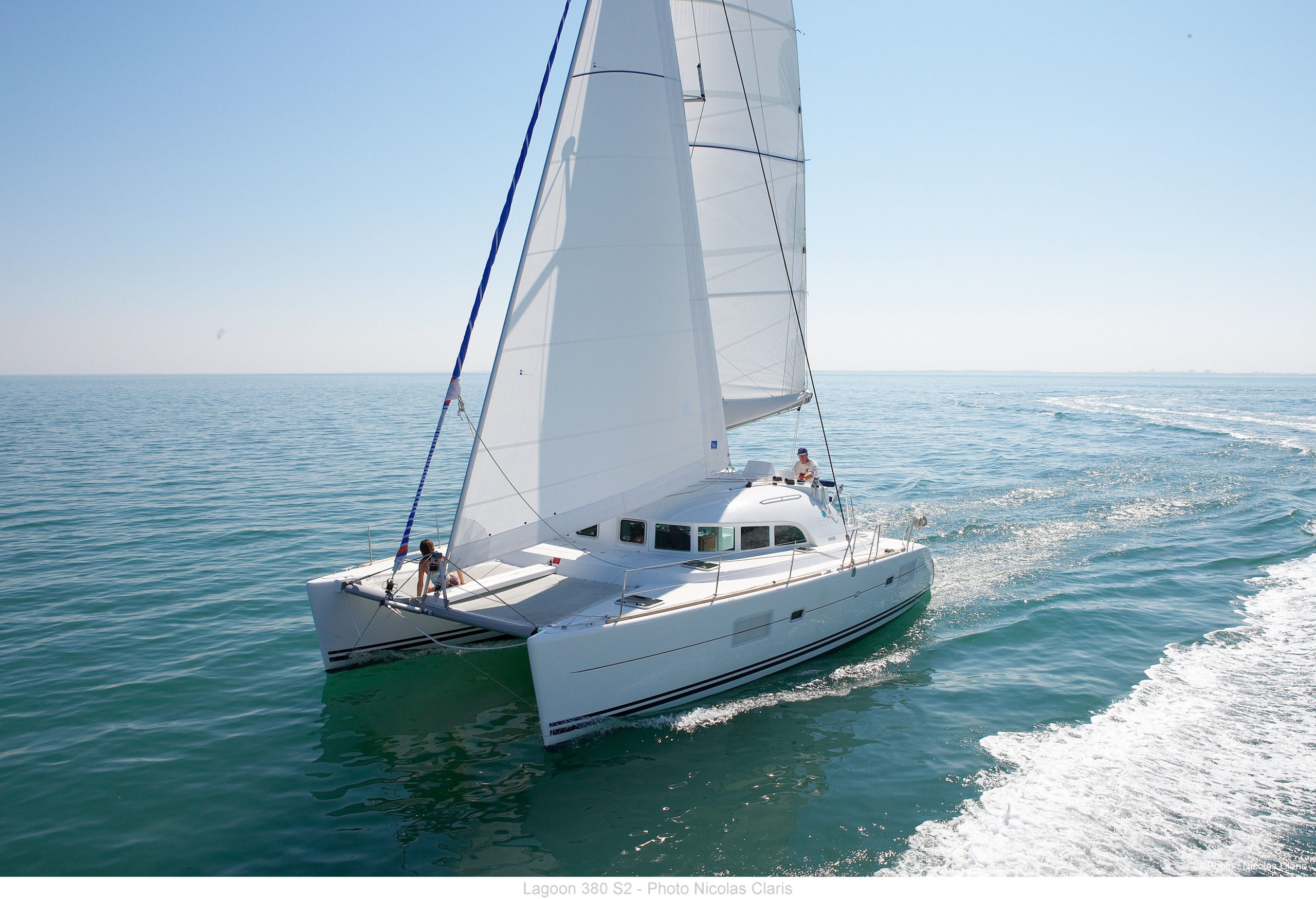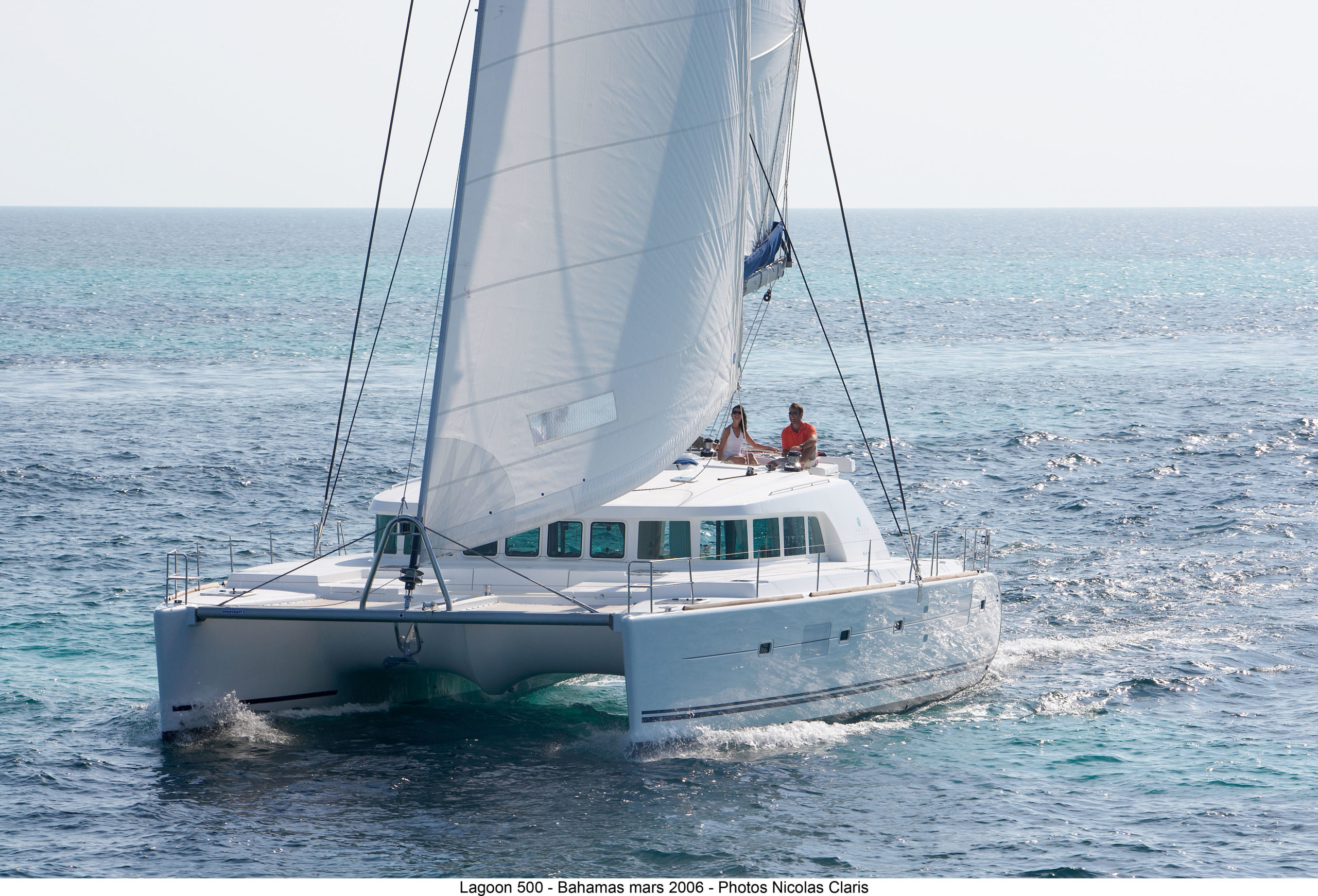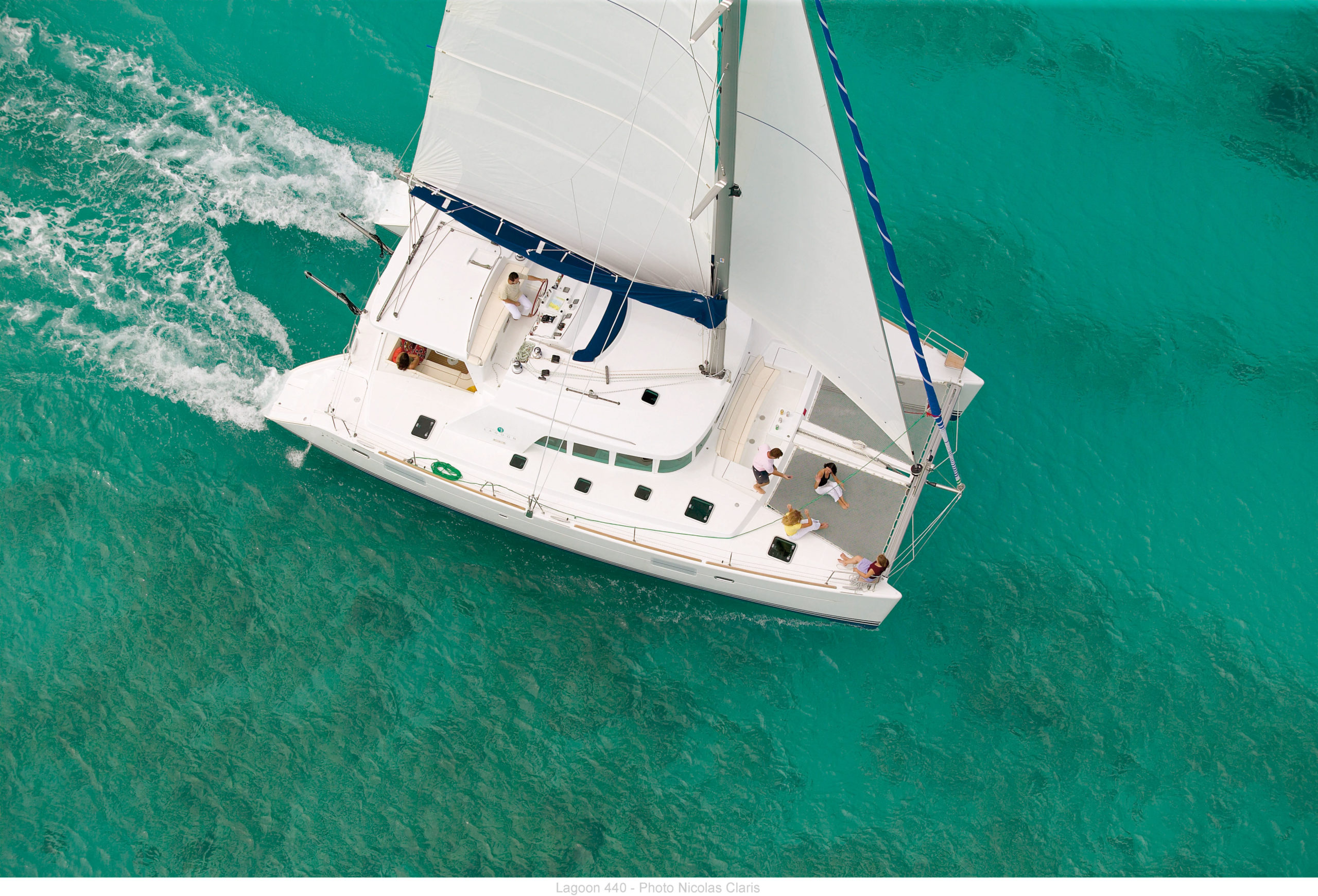
Bruno Belmont, Mister Catamaran
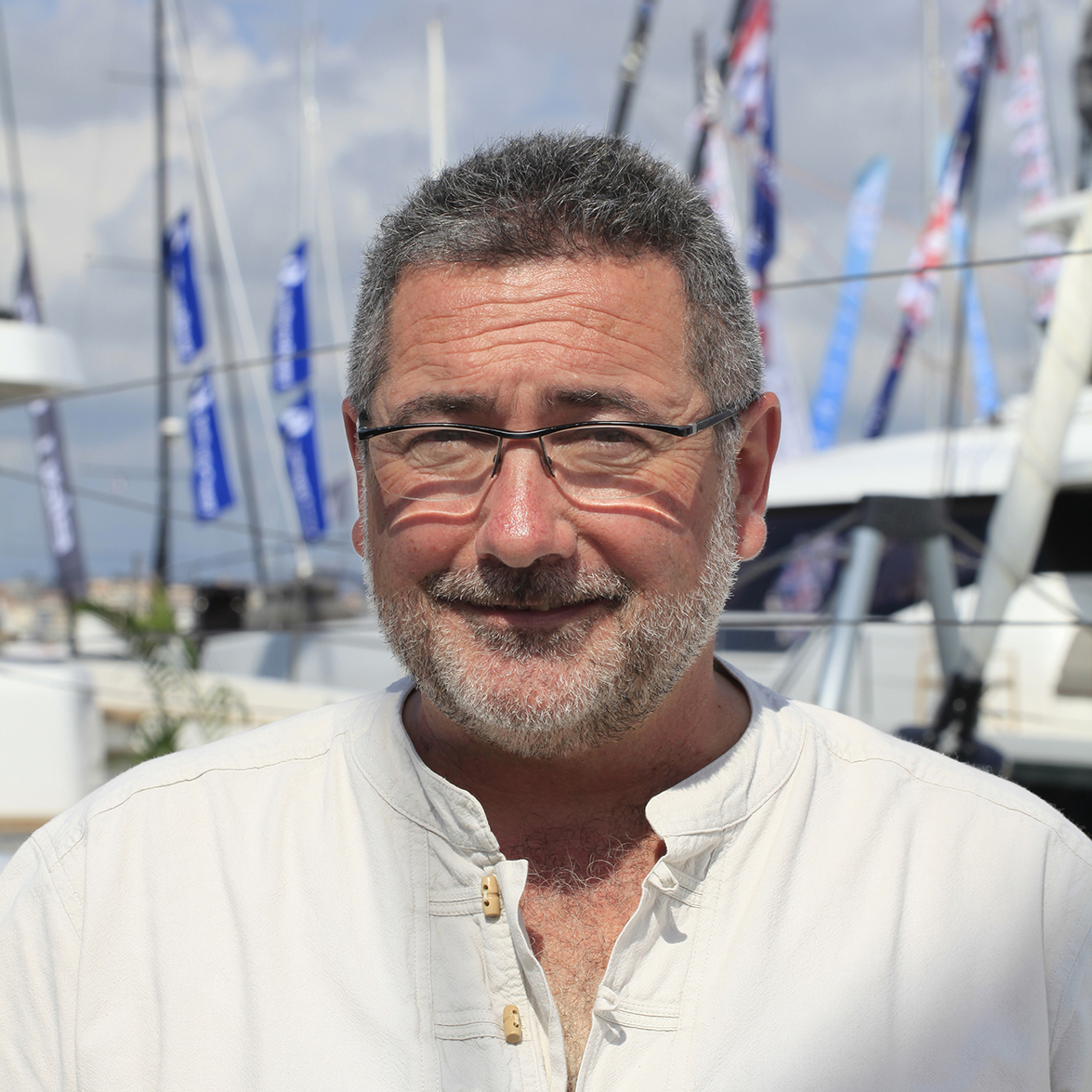
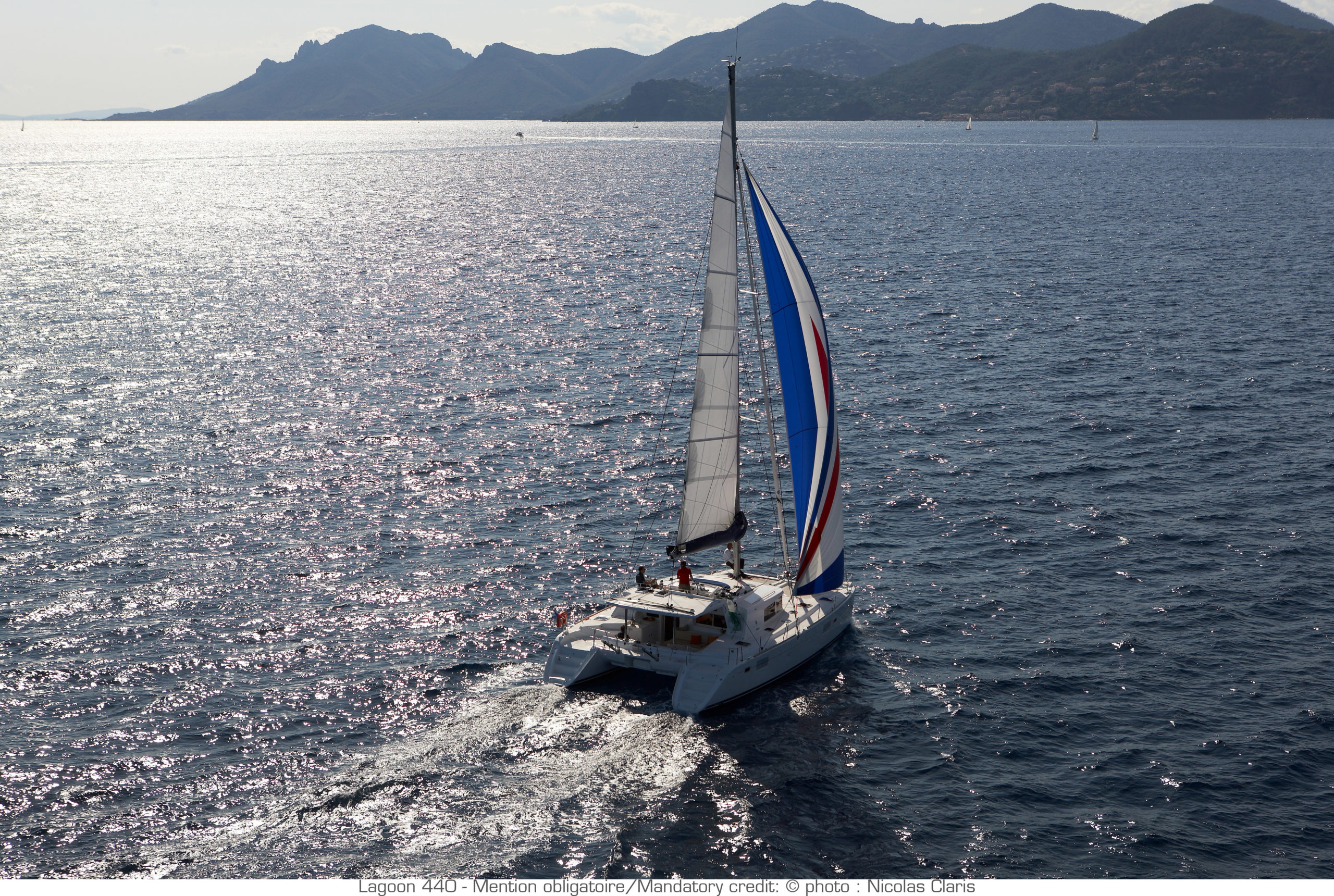
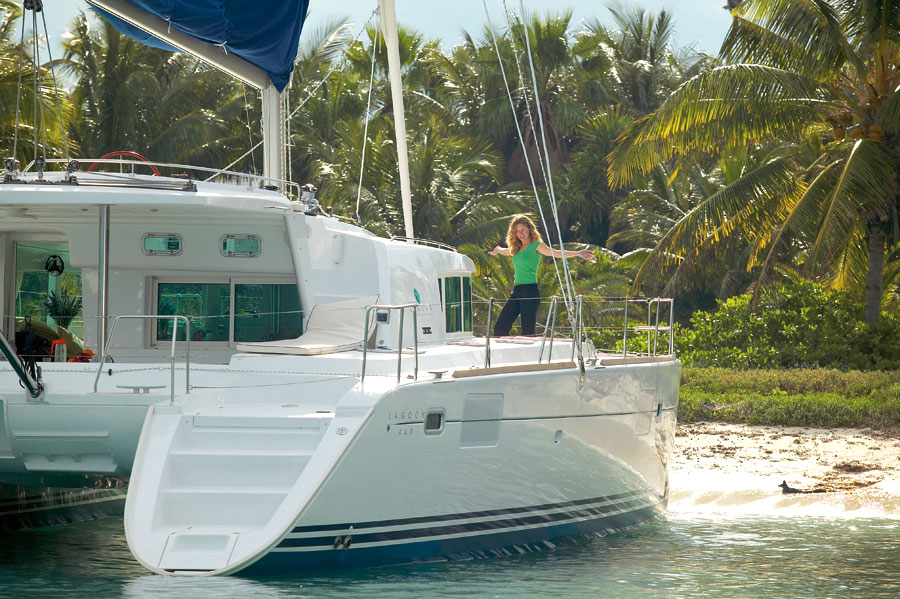
His name is known only to insiders. His career path is remarkable. In just a few years, Bruno Belmont moved from building racing trimarans to designing cruising catamarans. From Groupe Pierre 1er, the golden rocket ship with which Florence Arthaud won the 1990 Route du Rhum, to the Lagoon 410, the first true mass-production model, which laid the foundations for the Lagoon brand’s phenomenal success.
At a very young age, Bruno Belmont built his own Optimist before ever taking the helm. Daring and determined, he went on to build a Fireball, a remarkable racing dinghy. Followed by a half-tonner, a nine-meter racing yacht. Three wooden units. He knew how to build boats, and he learned how to design them at the famous naval architecture school in Southampton, which many renowned French designers passed through.
After graduating, Bruno joined the construction team of the British trimaran maker Apricot, then moved on to help bring two racing yachts designed by Andrieu to life, before joining a small Jeanneau subsidiary in 1989, specialized in building multihulls for racing: Jeanneau Techniques Avancées. Beneath the hangars of this yard on the banks of the Loire, stars were born, of both offshore racing and the silver screen. Bruno poured all his expertise into building the Groupe Pierre 1er trimaran. Florence Arthaud’s victory in the 1990 Route du Rhum put JTA firmly in the spotlight. And orders followed, with RMO for Laurent Bourgnon, a two-time Route du Rhum winner, then two long monohulls for the 1995 America’s Cup, France 2 and France 3, and even fake sisterships for Waterworld, the Hollywood blockbuster starring Kevin Costner.
This movie required Bruno to switch hats entirely. During a year of filming in Hawaii, the young Frenchman served as technical director of the two sailboats, sailing advisor to the director, and even as a hidden helmsman, Kevin Costner’s invisible stunt double… And alongside all this, he remained involved in the design and production of Lagoon catamarans, which were still largely under the radar at the time.
Such eclecticism inevitably led him to keep reinventing himself. When the Bénéteau Group acquired Jeanneau, Bruno was busy juggling the many day-to-day challenges involved with the filming of Waterworld. Back in France, he quickly developed a strong working relationship with François Chalain, the head of product strategy for the Vendée-based market leader, and found himself at the heart of Lagoon’s change of scale.
Convinced that “onboard living” would be one of the key factors for winning over a new generation of buyers, and armed with a definition of series-production cruising catamarans that was as clear as it was rigorous, he became one of the key figures behind the Bénéteau Group’s rise to the position of world number one in this category. From a handful of semi-artisanal boats produced each year, Lagoon’s construction moved to Bordeaux and scaled up to full industrial capacity, with annual output now in the hundreds. And a consistent product range spanning 11 to 20 meters.
Bruno brought ideas, an innate sense of the expectations of a constantly evolving clientele, and a talent for coaxing out and challenging innovative solutions.
This calm, approachable man, with the glasses of a mathematician, got along famously well with the architects Van Peteghem–Loriot Prevost, as well as demanding production managers. While always keeping profitability requirements in sight, as set by Chalain.
Bruno seems to know everything: none of the thousand and one details of a sailing catamaran escapes him. He speaks as an equal with all the trades involved in building a boat.
And he has brilliant intuitions: the now-iconic Lagoon roofs with vertical windows, inspired by cargo ship bridges, the flybridge and its elevated helm station with 360° views, the fitted-out forward cockpit, the four double cabins, the walkaround island beds, the owner cabin with shower room and private cockpit access, all these features were conceived, designed and brought to life by Bruno.
Curious about everything, and open-minded, Bruno knows his limits and celebrates the talents of others. He freely praises the advances made possible by the arrival of an Italian design studio to refine the catamarans’ interior design.
Now responsible for defining the sailing strategy for the entire Bénéteau Group, Bruno Belmont keeps a sharp eye on the major winds shaping the global market. The decline of monohulls, the changing practices of a new clientele and the integration of environmental concerns are all on his radar.
When his role allows, he loves to take his wooden half-tonner to a secret anchorage in Finistère. As brilliant as he is discreet, with staggering skills and know-how, this indispensable man’s journey deserves a book, hours of airtime… or a film!
